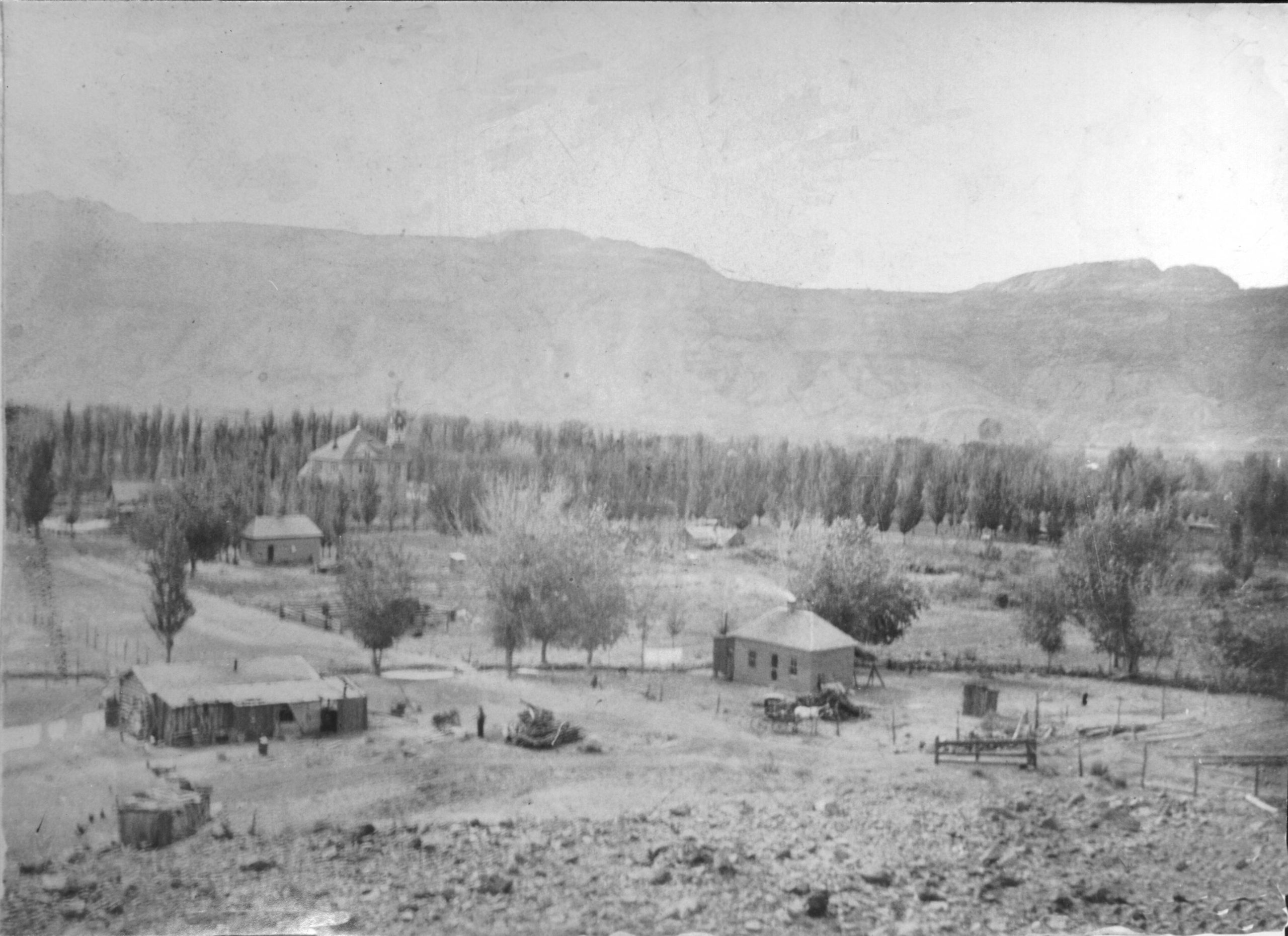Some information may be outdated.
Visitors to Moab often inquire about the origin of the city’s name. What’s the story behind the name? Why Moab?
The Moab Valley is the traditional and ancestral land of Ute people, who migrated across the desert and mountains of the region seasonally. The Ute word for the valley is “Moapa,” which means “mosquito water” – a meaning that many longtime residents can attest has merit as a name for this area. But while Moapa sounds remarkably like Moab, the name of the town is officially a Biblical reference chosen by settlers who arrived in the nineteenth century.
In the late 1800s, the area was settled by Euro-American ranchers and homesteaders and by 1880, the tiny village had grown into a bustling community in need of a post office. To be recognized, however, the community needed a name. A committee was formed and William Pierce, a local farmer and occasional dentist, suggested the name of Moab. The biblical Moab was a dry, sandy wilderness with an arid climate similar to the remote Utahn settlement. Once the name secured government approval, Pierce became the postmaster of the newly named town.
Within five years of its naming, Henry G. Crouse, a later postmaster, tried to change the name. Crouse argued that the Moab in the Bible was the location of the wicked cities of Sodom and Gomorrah, and therefore an inappropriate name for the community. Some alternative names were proposed, including Vina, in reference to the prolific fruit and grape harvests that the region was quickly becoming known for. Each time these changes were brought to a vote, citizens voted to retain Moab as the town’s name. Nearly a century and a half later, the name has endured.
The Moab Museum is dedicated to sharing stories of the natural and human history of the Moab area. To explore more of Moab’s stories and artifacts, find out about upcoming programs, and become a Member, visit www.moabmuseum.org.
Appreciate the coverage? Help keep local news alive.
Chip in to support the Moab Sun News.





